SciArt profile: Cirenia Arias Baldrich
Posted by the Node, on 14 April 2022
In our latest SciArt profile, we hear from Cirenia Arias Baldrich. Cirenia is a freelance illustrator, who has a background in plant physiology and stem cell bioinformatics.
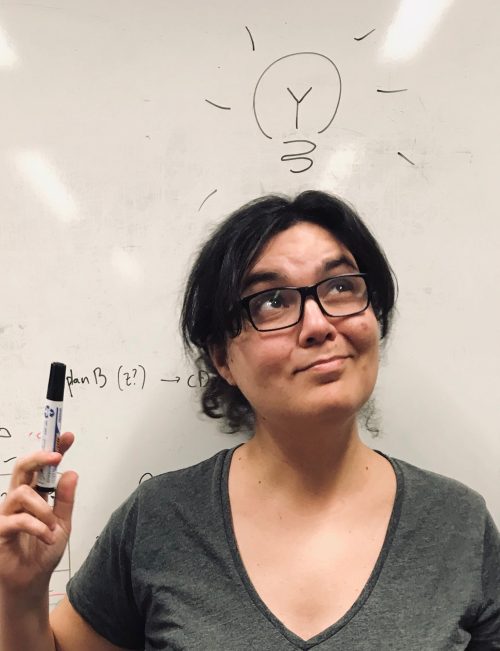
Where are you originally from and what do you work on now?
I am from La Línea de La Concepción (Cádiz), but I lived in Seville for 16 years, where I studied biology and completed my PhD on Molecular Biology and Genetics. After that I moved on in my scientific career to Portugal and then to the UK, where I was rocking bioinformatics as a postdoctoral researcher in the Stem Cell Biology and Evolution Group (Dr Jordi Solana – Oxford Brookes University). Nowadays, I am based in Cádiz, Spain, working as a full time freelance illustrator, helping organisations and other scientists to communicate their work using the power of images.
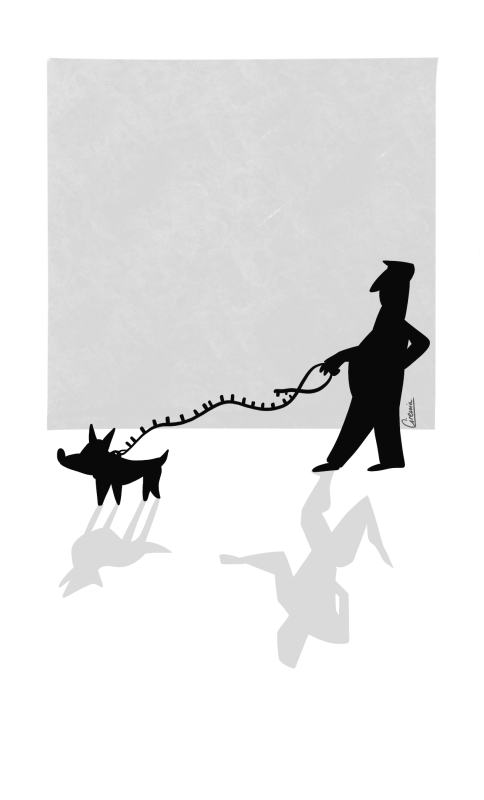
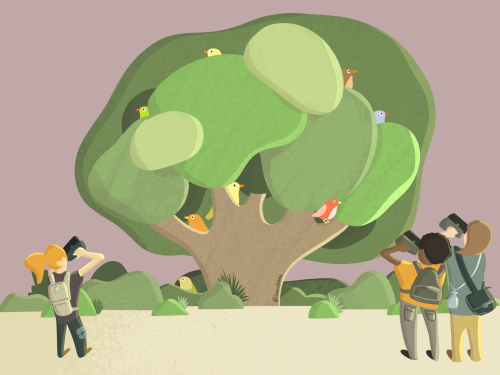
Were you always going to be a scientist?
Not really, at least it was not clear in my mind. Though since I learned how to talk, I started asking questions, and replying with ‘but how/why?’ or ‘are you sure of that?’ to every answer. I also loved to decipher how things worked; opening electronic stuff to see its components, making tests, playing with computers – I was pretty curious! I also had other interests like arts, design, informatics, marketing, but I always loved to read the biology notes of my older sister, who is also a biologist. Like her, I decided to study biology. It was amazing to learn about genetics, cell biology, zoology, plant physiology, biochemistry, ecology, to better understand both the world around us and ourselves.
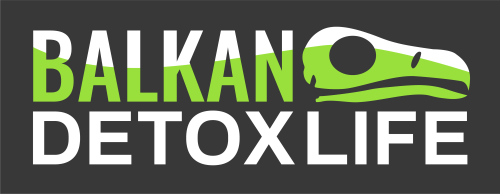
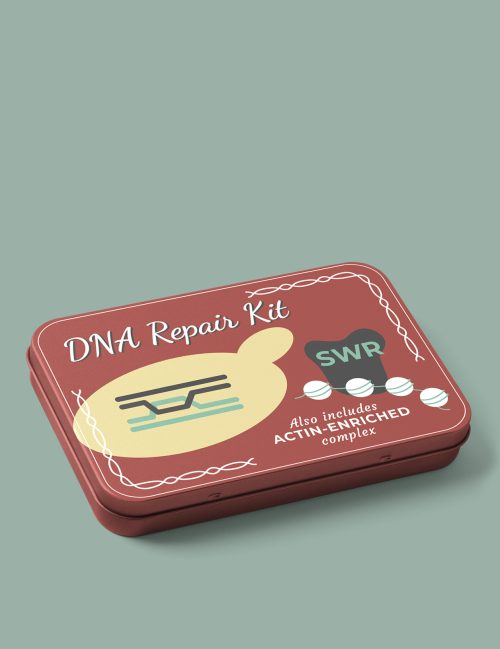
And what about art – have you always enjoyed it?
Definitely. I can’t even remember when I started drawing, what I know is that I never stopped. Since I was a child, I never had enough colours, watercolours, crayons or markers (I still cannot go into an art supply store without going mad)! I loved trying new materials, trying to draw everything I saw, such as everyday objects, or the room where I was. I was always doodling, even in meetings, (I still do) and, funny fact, that is actually how my adventure as a professional illustrator started, taking graphic notes at scientific talks. I discovered that I could join my three passions: science, art and communication, using illustration as a science communication service.
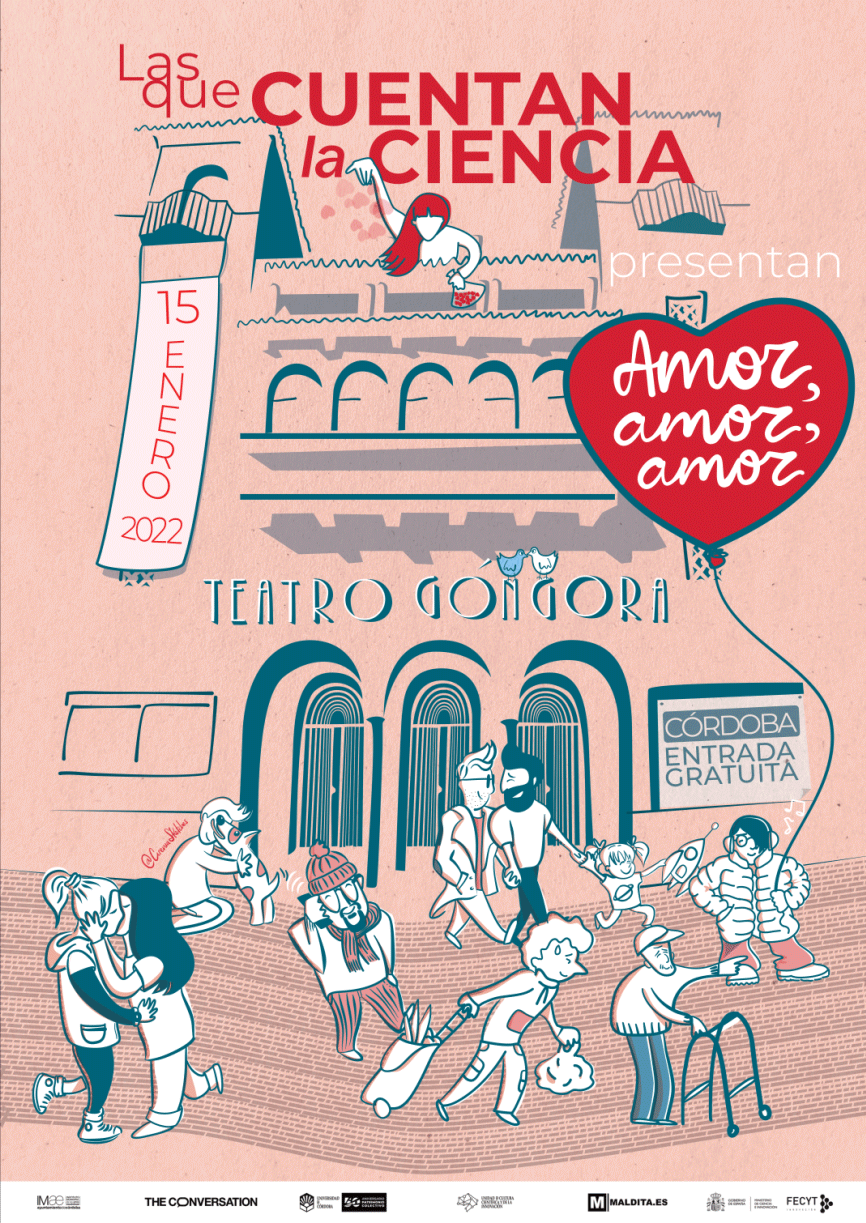
What or who are your most important artistic influences?
This is probably one of the toughest questions to answer, since I try to consume as much art/design as I can. From literally everywhere. I’m inspired by movie posters, records covers (I love vinyls), restaurant menus, street signs, street art, graphic novels, etc. However, there are some creators that had made a big impact on the way I see the profession of an illustrator. I really admire the work of many diverse artists like Cristopher Niemann, Malika Favre, Rachel Ignotofsky, Adolfo Arranz, the Etherington Brothers, Andy Riley, Agustina Guerrero, Andry Rasoahaingo (Dedouze), Tom Gauld, Raquel Córcoles (ModernaDePueblo) and many others (I could go on with a never-ending list).
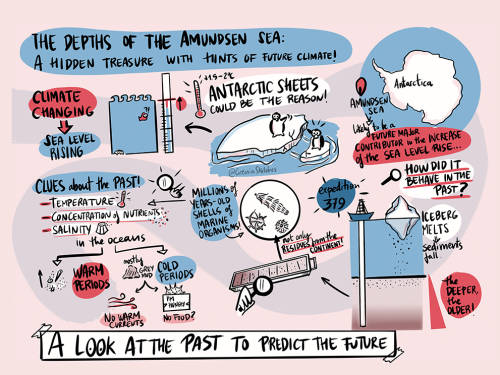
How do you make your art?
Digital tools help me to deliver the work efficiently. It makes the reviewing process easier, and the final artwork can be directly shared in social media, websites, or used for printing or publication. Also, I love the infinite possibilities digital tools provide and learning new resources. Despite all this, I start every project sketching in paper. For my ideas to run wild, I like the feeling of a notebook and a pen, and once I have a plan, I move on to digital fun using both a digital tablet and the computer (depending on the project), hand-drawing apps, vector graphics software, or animation programmes.
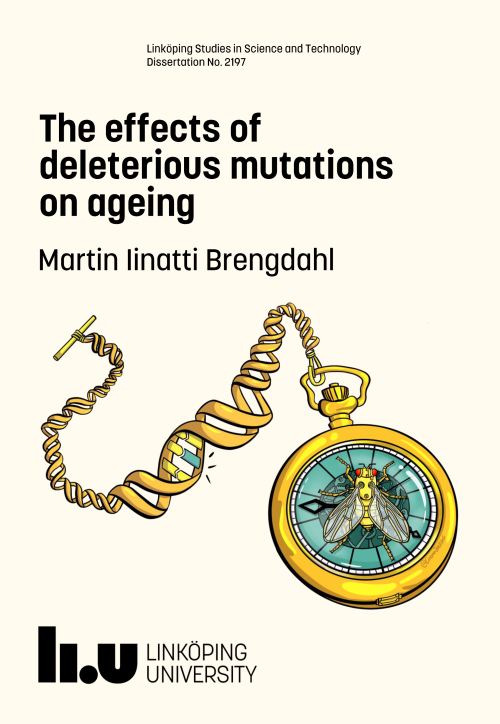
Does your art influence your science at all, or are they separate worlds?
Art has always influenced my science: the way I communicate with my colleagues, planning lab strategies, preparing presentations, posters, figures, giving a chalk-talk, or even thinking about a project. I think creativity and science are completely inseparable. Nowadays, being a freelance illustrator, science is my everyday ingredient in my art, since my job is helping to communicate science efficiently, to both expert and non-expert audiences, and my scientific background plays a key role in allowing me to do so. I also feel very motivated and enthusiastic about having an influence on the way other scientists approach the creation of visuals in their work. In this sense, I really enjoy training other researchers, and give them tips and tools so that they can make better illustrations and have fun instead of struggling!
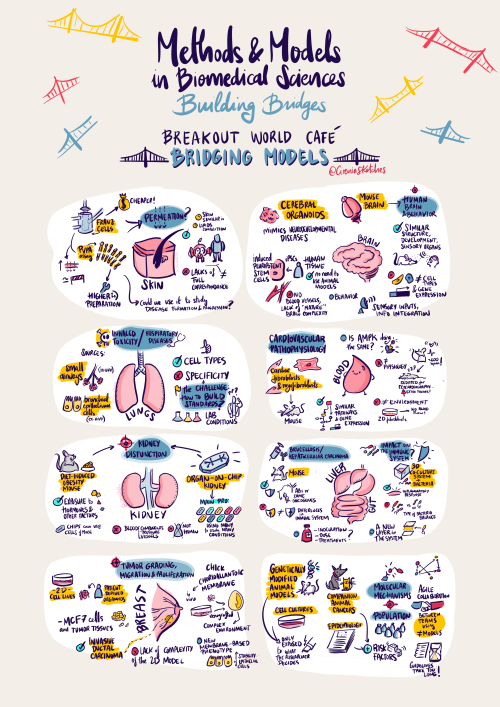
What are you thinking of working on next?
One of the things I love the most of my job is how exciting it is to work on so many different things, thanks to the diversity of collaborators. In the next few months, I will be working on very cool projects ranging from awareness about vulture conservation, rare diseases, digital gender gap, palaeoecology editorial illustration and producing several infographics, covering topics such as microbiology or climate change, among others. I would like to take advantage of this awesome spot to thank all the amazing people trusting me to help showcase their amazing work. Last but not least, big thanks to The Node for creating the SciArt profile series, it’s great to get to know other colleagues and I am very honoured to be part of it.
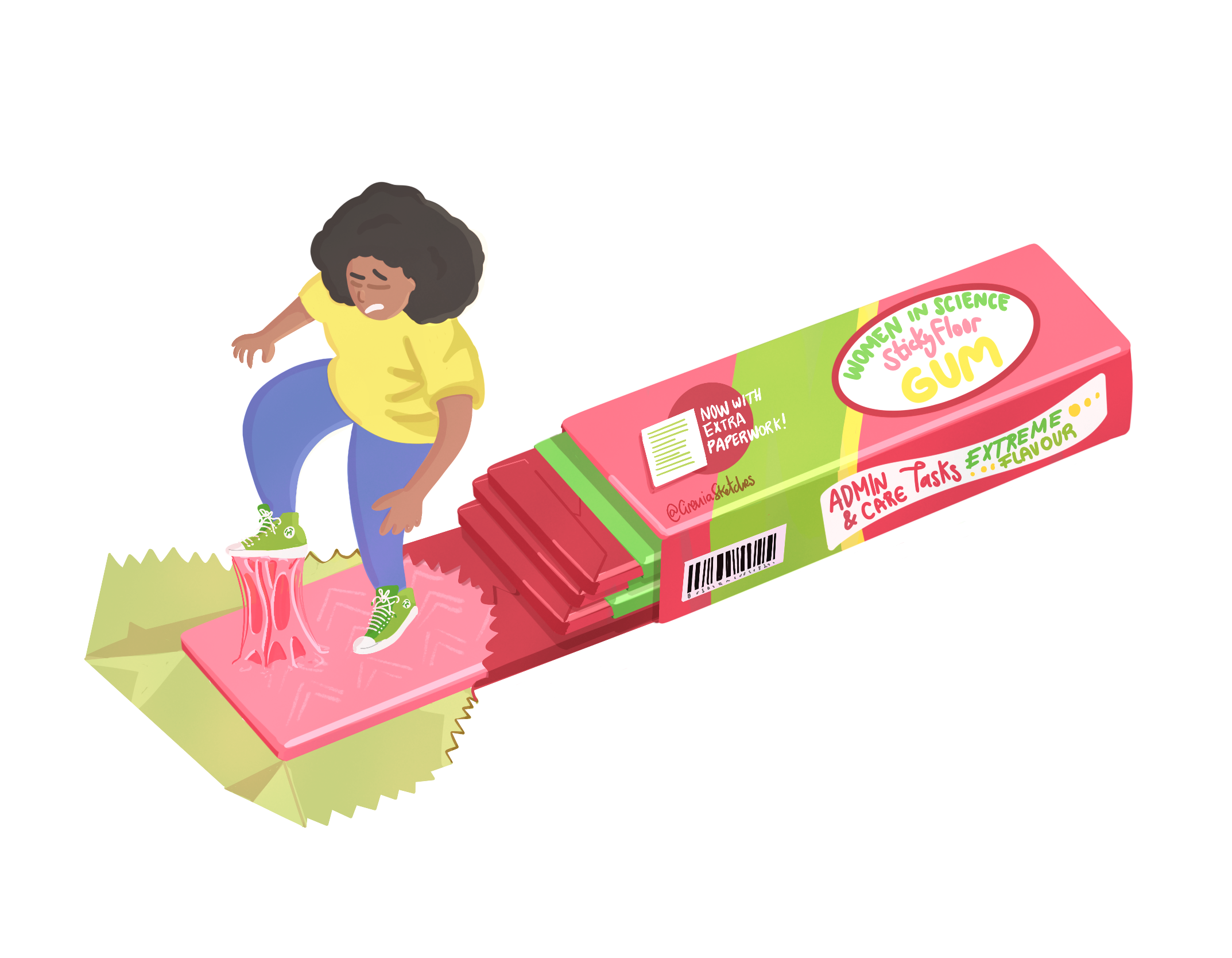
You can find Cirenia Arias Baldrich (aka CireniaSketches) on: Twitter @CireniaSketches Instagram @CireniaSketches Linkedin Cirenia Arias Baldrich
Thanks to Cirenia and all the other SciArtists we have featured so far. You can find the full list here. We’re always on the lookout for new people to feature in this series – whatever kind of art you do, from sculpture to embroidery to music to drawing, if you want to share it with the community just email thenode@biologists.com (nominations are also welcome!)


 (8 votes)
(8 votes)